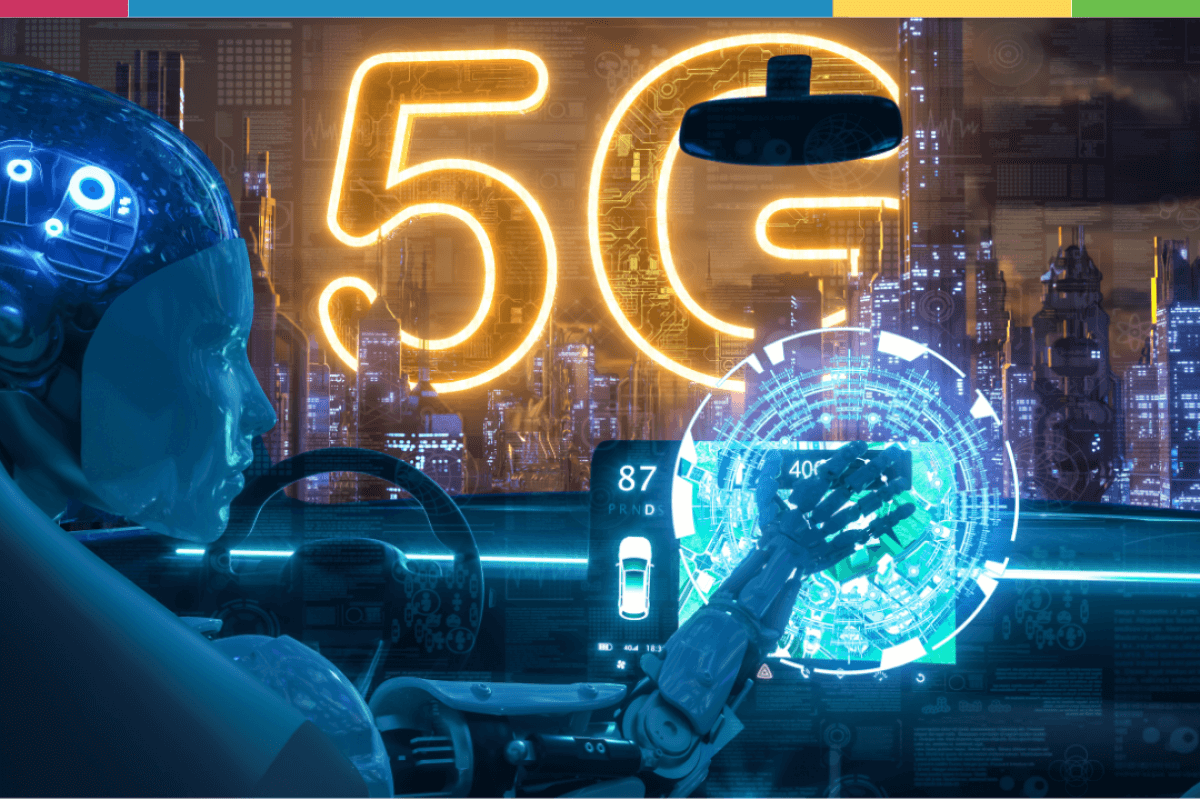In addition to mobile broadband communications, 5G is expected to support a wide range of emerging and future applications together with novel business models across a variety of vertical business sectors such as Manufacturing, Health Care, Transportation and Finance to give but a few examples. These applications and their required key performance indicators (KPIs) are generally classified into three categories: Enhanced Mobile Broadband (eMBB), Ultra-Reliable Low Latency Communications (URLLC) and Massive Machine Type Communications (mMTC).
The key aspect of 5G is the improvement of network KPIs relating to data rate, energy efficiency, device density and latency at least by a factor of 10 compared with 4G by allocating more resources such as spectrum, transmission power, antenna elements (e.g. MIMO) coupled with the deployment of high-density cells. Further enhancement in 5G QoE (Quality of Experience), is predicated upon reliable low latency together with such emerging and advanced enablers as cloud computing, artificial intelligence / machine learning (AI/ML) algorithms, network slicing and support for a high-density network of IoT devices, all of which are being proposed for different phases of 5G evolution. Whilst the use of these enablers is effective in enhancing the required QoE, deploying such networks is complex and costly and it is well known that monetising a 5G network is the major challenge for service providers: thus the prime question facing our industry is how to reduce both CAPEX and OPEX in 5G networks.
Network automation is an essential element in lowering OPEX and enhancing services and applications. Network slicing is an attractive solution to lowering CAPEX, enabling numerous infrastructure / service providers and vertical business sectors to share the cost of provision. In addition, a design policy for network slicing based on a prediction mechanism using AI/ML can considerably improve the overall network resource usages in both core and wireless access networks.
Integrating sensing into telecommunication systems provides accurate localisation, high resolution imaging and environment reconstruction capabilities for enhancing the user QoE. Artificial Intelligence / Machine learning (AI/ML) methods could be exploited as an efficient means of obtaining a rich, domain-specific knowledge of user data, network and environment conditions which can be used to improve the performance of communication systems in an autonomous and sustainable manner. It can thus be anticipated that the use of AI/ML will further enhance user experience across a wider set of available applications, end user devices and the underlying network conditions.

It is further envisaged that future networks (6G) will continue to integrate communication and local sensing enabling intelligent transformation of future services, applications and businesses across all domains and sectors to support a range of broadband applications including multi-sensory Augmented Reality / Virtual Reality / Mixed Reality (AR/VR/MR) and autonomous driving. It aims to satisfy the most demanding personalised QoE to meet the specific requirements of various tasks from users by providing the finest degree of service granularity. The design approach adopted for 5G will be enhanced for 6G requirements. We suggest an integrated approach for 6G design based on communication, sensing, AI/ML and computing based on open networking principles as promoted from the outset by the Open RAN community. Equally, attention needs to be placed on the energy consumption of the network as a whole.
The outlook is most encouraging, particularly given the recent investment by a number of organisations in AI chipsets.
